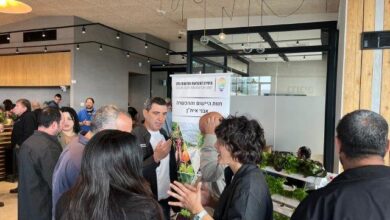Israel’s Date Industry Overview
An overview of Israel's date industry, including nutritional information, growing areas, varieties, export and more.
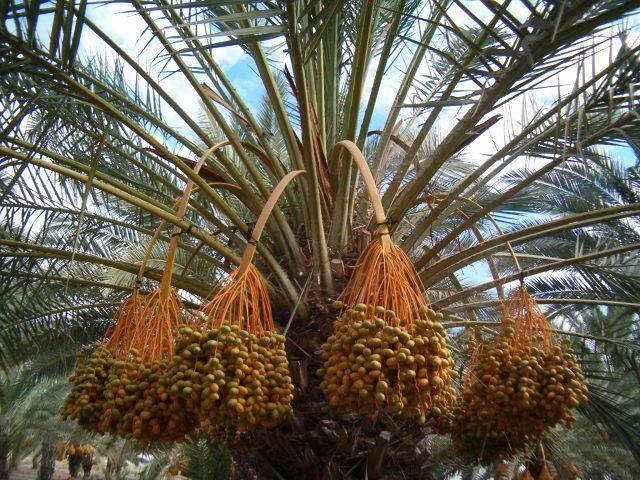
The date palm differs from other agricultural crops in that all its parts are used – the tree trunk is used for making fibers and ropes, the palm branches serve as a cover for dwelling booths (Tabernacles) and the leaves are used for religious ceremonies during the festival of Tabernacles while the dates are consumed as fruit.
The calorie content of 100 grams of fresh dates is 160-270 calories while the nutritional value of 100 grams of dates includes carbohydrates (sugars) 58 grams, potassium 525 milligrams, calcium 55 mg., iron 2 mg. and protein 2 grams. The dates’ sugars are absorbed into the blood stream rapidly and therefore they have a positive affect on fatigued individuals. A well-known advantage of dates is that eating a few dates stimulates the body and suppresses the appetite for a long time.
The crops area: At the beginning of 2013 date palms covered an area of 4,400 hectares.
.jpg) | 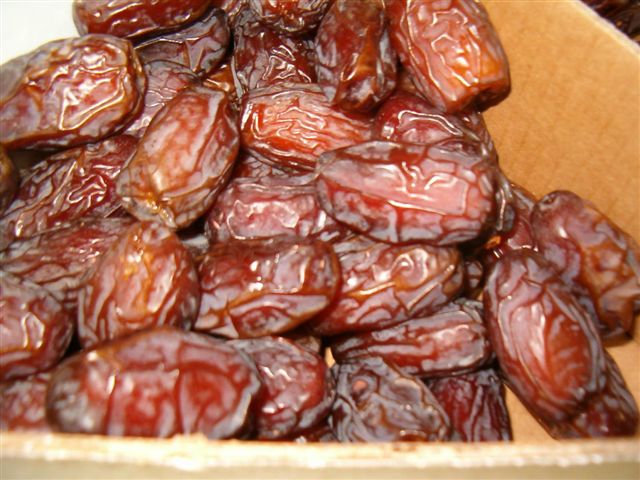 | 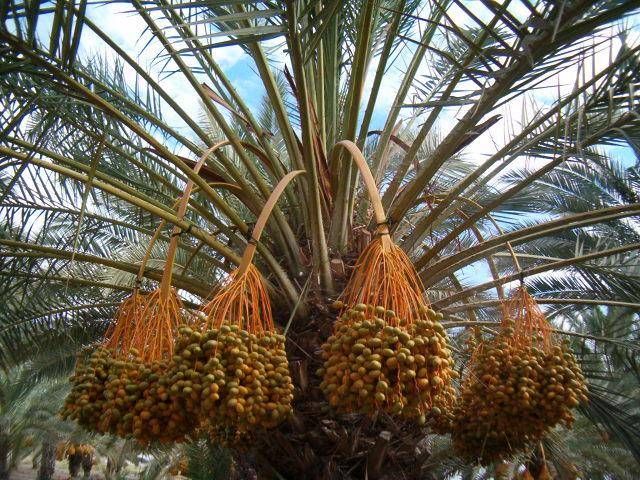 |
.jpg) | 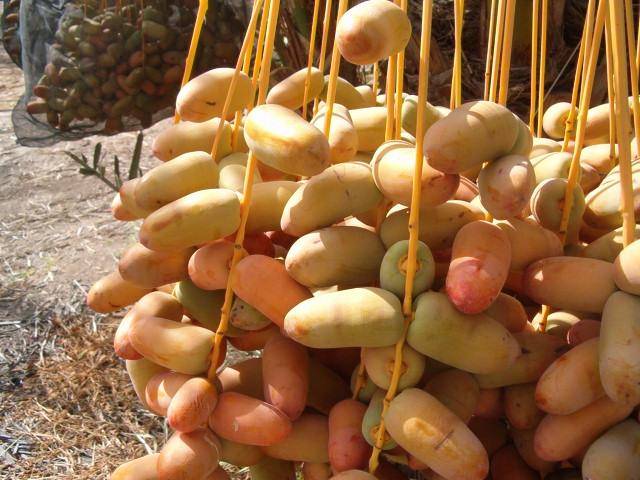 | 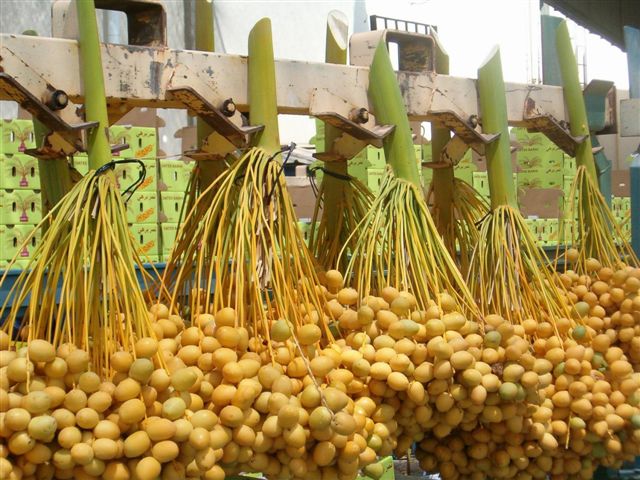 |
Growing areas: Along the length of the Syrian-African Rift Valley the three principal growing regions are the Arava 25% (female trees only), the Jordan Rift Valley and Megillot region (towns and villages in the Northern Dead Sea area – Kalia, Almog and Mitpe Shalem) – 46% of the trees, Emek HaMayanot, Jordan Valley and additional areas where 28% of the trees are planted.
Harvest size: In 2013, the date harvest amounted to 23,500 tons of Medjoul, 3,500 tons Barhi, 3,000 tons of Dekel Nour, 1,800 tons of Hayani, 900 tons of Zahidi, 650 tons of Deri, 600 tons of Ameri, 250 tons of Hadrawi. The total harvest comes to 35,200 tons. An increase in the yield of 2,000 tons is expected in 2014.
Varieties: The main date varieties are Medjoul 71.6%, Deri 6.1%, Hayani 6%, Dekel Nour 4.7%. Additional varieties include Barhi 4.5%, Zahidi and Halawi 2% each, Hadrawi and Ameri slightly more than 1% each of all the trees planted.
Fruit picking season: From August to October. As dates do not freeze they are always kept in refrigeration.
Export destinations: The quantity of dates exported is 15,000 tons and Medjoul is the leading export variety. The principal export destinations for dates are Italy, UK, USA, the Netherlands, Spain, France and Turkey. France is the largest importer of dates in the European Union (29%).
Sources of information:
Haim Oren, Senior fruit orchards advisor for pomegranates at the Ministry of Agriculture and Rural Development
Source: Semi-Annual Overview – July 2013 – Ministry of Agriculture and Rural Development; Research, Economy and Strategy Division, p. 10



